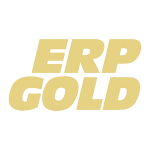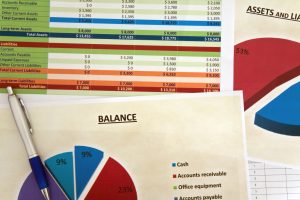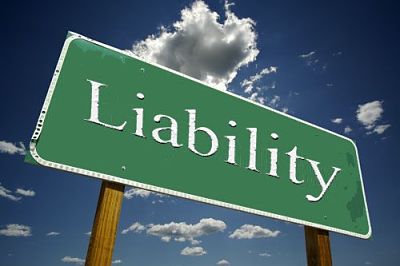Balance Sheet
The balance sheet is a financial statement that provides information about company’s Assets, Liabilities, and shareholder equity, as of a specific date. The balance sheet gives the idea to the investors what the company owns and owes. The information which is required to complete the balance sheet finds on the Company’s General Ledger.
Balance Sheet Formula
Total Assets = Total Liabilities + Shareholders’ Equity
In a balance sheet, the total sum of Assets must equal to the total sum of Liabilities and owner’s equity. The assets account represent company own assets. While liabilities shows company’s all debts, and owner equity show company’s owner investment and past earnings.
Select the Date for the Balance Sheet
Generally, companies prepare their balance sheet quarterly or at the end of fiscal year. It is important to pick the required date for preparing the balance sheet.
Organize Header of the Balance Sheet
First, write the title “balance sheet” at the top of the page, and then write the name of the organization with an effective date of the balance sheet.
Write Down Current Assets in Order
Current assets are those that can convert into cash, sold or consumed within a year or less. It will be listed in order as per liquidity. Current assets include cash, Marketable securities, Account Receivable, Notes Receivable, inventory, prepared expense etc. at the end make the total of current assets.
Include Fixed Assets
Fixed assets are those that can not turn into cash within a year or less. It includes Building, equipment, plant etc. You will write down fixed assets on balance sheet after minus depreciation
List all Intangible Assets
Intangible assets have no physical shape but behind them money involves, these include patents, copyright, trademark etc. For example, if ERP Gold pays legal fees $ 5000 for a patent; that is the cost it will be enter in company General Ledger and on the balance sheet.
Sum up your Current and Fixed Assets
You must sum up your Assets either current or fixed all assets include then compare with your General ledger record. They must be equal as per General Ledger record and balance sheet record.
List Current Liabilities
Current liabilities are those which company has to pay within the year. It includes Account payable, notes payable, accrued liabilities, takes subtotal of the current liabilities.
Calculate Long Term Liabilities
Long-term liabilities are not settled down within the year by the company. It includes long-term notes, mortgage, payable pension obligation, take subtotal of the long-term liabilities.
Sum up Short Term Liabilities and Long Term Liabilities
Add short term liabilities subtotal to long-term liabilities, it is considered as a second part of the balance sheet it will be add in owner equity.
Calculate Retained Earnings
Retained earnings are the profit of the company which earned in the specific time period. Find out the closing balance of the retained earnings from the past period.
Add them into company net income taking from profit and loss statement and minus dividend paid to the shareholders and get the final total. Retained earnings help to calculate the owner’s equity.
Calculate Owner Equity
Equity consists of owner capital and retained earnings, sum up all common stock, treasury stock and retained earning then you will have total owner equity.
Add Total Liabilities and Owner’s Equity
Sum up total liabilities and owner’s equity and compare them with the total of Assets, they both must be equal and as per your general ledger record. If both Assets and Liabilities balances are not equal then double check your record including calculation of retained earnings.


